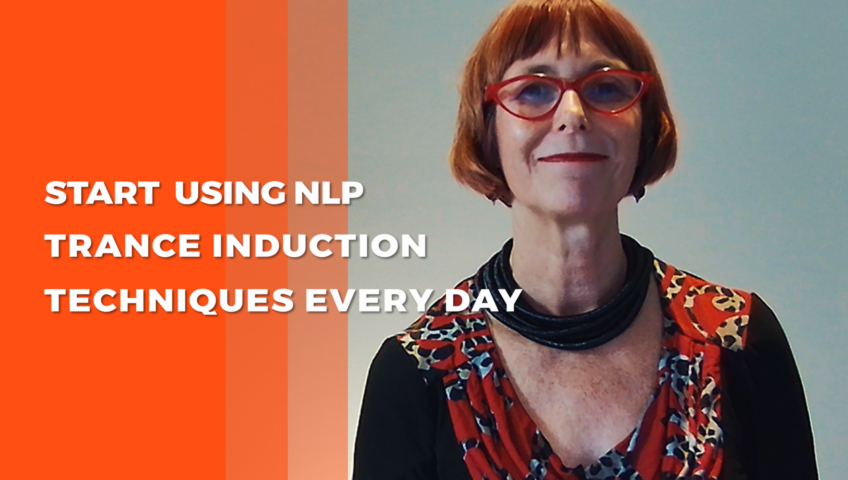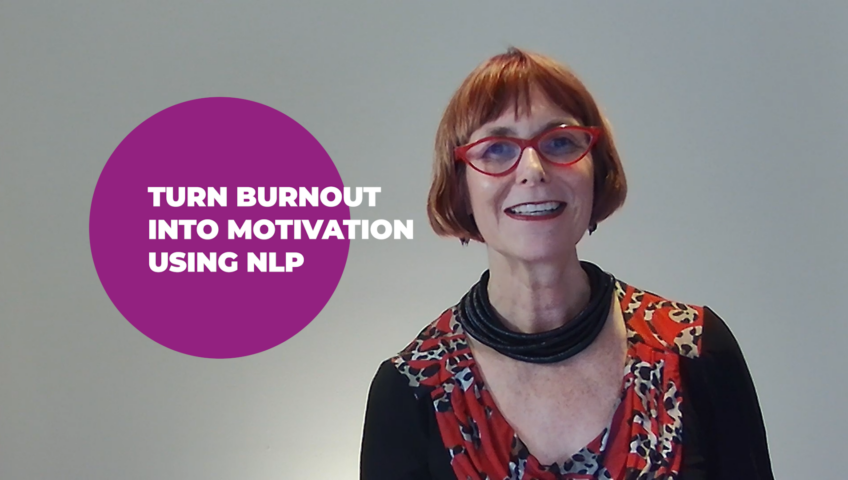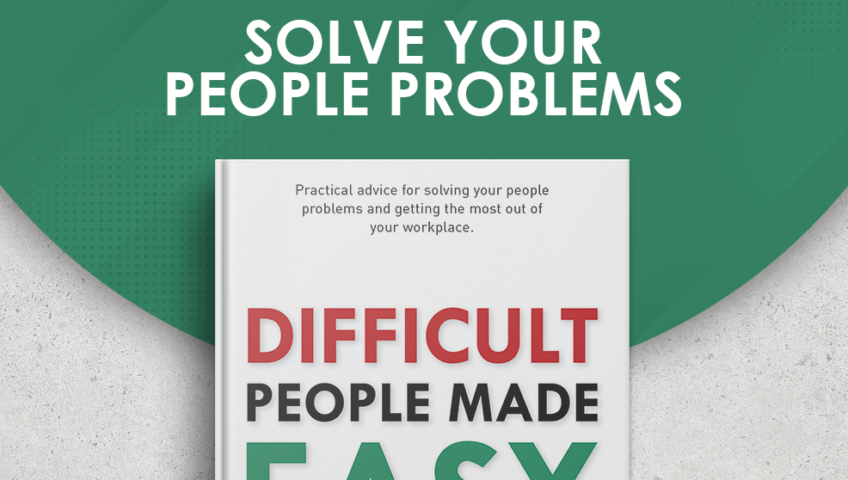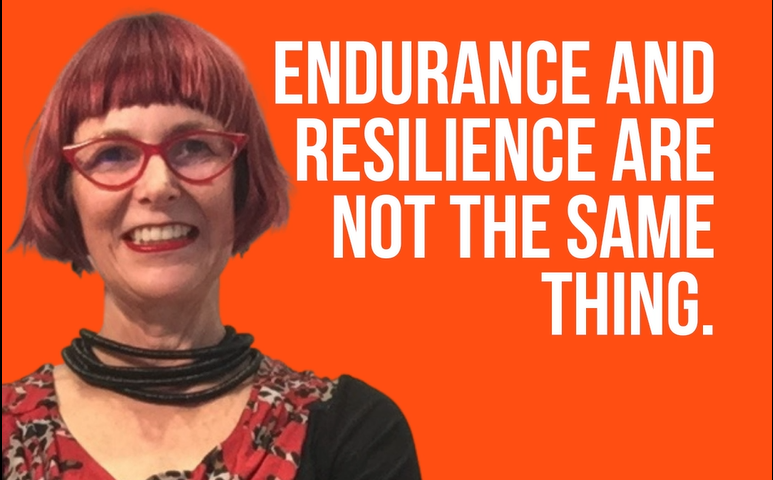I’m fascinated by people who keep working long after they ‘could’ retire. For example Henri Matisse worked until the age of 81, despite being bed-bound for many of his later years. Why? Because he loved what he did. The same sense of passion, purpose and vocation is reflected in the stories of most people who continue working into their 80s, 90s and even early 100s. From these stories we can learn some interesting lessons about burnout.
Lesson 1: Burnout is NOT caused by stress
In this week’s video, I explain that burnout is most likely to happen when you lose passion for your job.
This happens when a highly skilled professional moves into management, for example. At first the transition seems exciting. Over time, though, it’s easy for a manager to lose touch with the hands-on parts of their profession. For someone with a strong sense of vocation, this can lead to burnout.
Lesson 2: Control is precious
There’s a huge difference between working because you want to and working because you have to. Research shows that when people have little control over their work, they are more likely to burn out. For example, when people feel forced to work excessive hours, they are more likely to burn out. This has been a growing issue for many professionals during the chaotic times we’ve lived through recently.
[convertkit form=3449731]
Lesson 3: Working with toxic people burns you out
There’s no surprise here. If you’re surrounded by negative people, you won’t enjoy your job. Team dynamics can significantly impact burnout levels. Research has shown, for example, that people with a ‘difficult’ team leader are more likely to burn out than those with a positive one. On the flip side, when teams have high ‘positivity ratios’, burnout levels drop.
Lesson 4: Don’t confuse grief and burnout
Many of us have experienced losses and setbacks in recent times. This means that grief is a rising cause of dissatisfaction at work. It’s easy to confuse grief and burnout, so how can you tell the difference? Grief is usually caused by some sort of loss. Burnout is caused by disconnection. Feelings associated with grief are intense sadness, fear of future loss or intense yearning for things to return to the way they once were. If you’re experiencing ‘anticipatory grief’ you might also feel worried and anxious (read more about this form of grief in my recent blog article). [link to blog] Emotions linked to burnout, on the other hand, include boredom, low motivation or low energy.
In conclusion, then, stress isn’t at the root of burnout. A loss of connection, meaning and purpose is more likely to be the culprit. That’s why my Mojo Reboot [link to Mojo Reboot page] program is full of tips for recovering your ‘why’ and getting back into the driver’s seat of life.






